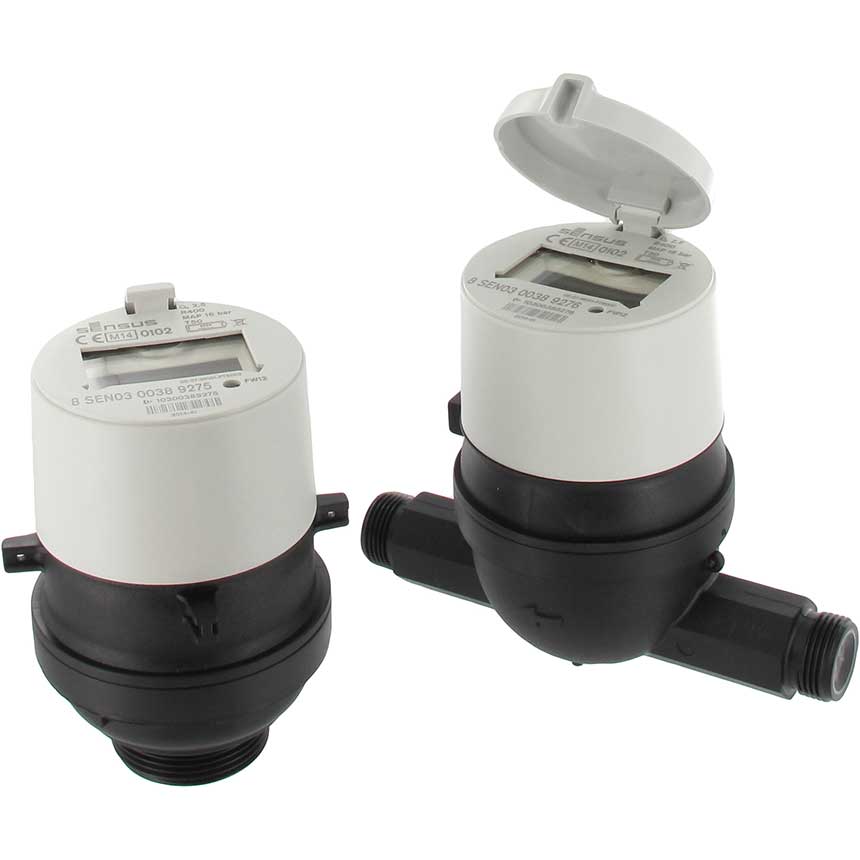
With smart meter installations set to increase fivefold, how can utilities maximise the insights the data can provide, asks Ruth Clarke, head of digital at Xylem UK & Ireland.
There is expected to be around £1.5 billion of investment in the rollout of smart meters in England and Wales in AMP8. This will represent around 10 million new connected meters – five times more than numbers due to be rolled out by the end of AMP7 in March 2025.
For the key drivers of per-capita consumption (PCC) and leakage reduction, smart meters will open up a new world of opportunity for customer engagement. For PCC, providing customers with access to granular consumption data is expected to help utilities build on their ongoing water efficiency campaigning.
When it comes to leakage, the granularity of hourly reads, along with the frequency of data communication, means customer-side leaks can be identified far quicker than previously possible, reducing the cost of lost water and preventing problems caused by long-running leaks.
Innovation in Valencia
Alongside the widely-recognised benefits of this new data source, a wealth of information can be gleaned to enable utilities to work more proactively. Some of the best examples can be found in the city of Valencia, Spain, which has arguably the most established smart meter network in Europe.
Global Omnium is one of the largest water utilities in Spain. The company has digitally transformed Valencia’s water network in a major innovation project involving several technology partners.
These included water technology company Idrica, which worked with Global Omnium to create a centralised platform that became the heart of the smart water project – to store, access and analyse the consumption data. Idrica has since partnered with Xylem and the platform has evolved into integrated software platform Xylem Vue powered by GoAigua.
In Valencia, consumption data feeding into the platform has enabled Global Omnium to identify more than 700 customer leaks every month. Much of this water loss would have gone undetected, especially when considering many of the city’s properties are only inhabited in the summer.
This, along with other digital initiatives, has helped the city’s metropolitan area reduce non-revenue water by 30% and drive down PCC. Complaints have also reduced by 60%, with the biggest drops being attributed to both excessive water bills and the need for the utility to access properties to read meters.
The data-centric approach has presented many other benefits. They include:
- An alarm system to alert social services if an elderly person living alone does not use water in 24 hours
- Enhanced digital-twin building, using actual consumption data for more accurate demand forecasting
- Gamification through collaborative European initiative, SMARTH20 – customers participated in a challenge to reduce water consumption. Subsequent studies showed they reduced consumption by 4% and have maintained behavioural change.
Asset management

The Global Omnium-Idrica data platform allowed for on-going metrics for different technologies and meter brands to be clearly presented – including Xylem Sensus meters, which were deployed by Global Omnium and still operate within the system. This approach to performance metrics can be deployed by UK companies now starting their metering rollouts.
Several quality KPIs are shown at the single and aggregated level for each vendor. They include the quality of connectivity, the number of disrupted data exchange processes, connection security and latency. The utility can pinpoint inefficiencies of a particular meter brand, and establish which technologies are performing better – essential information when considering contracts and service level agreements.
Additionally, by combining data typically used in asset management planning, such as age and brand, with data derived from performance, such as alarms and total volume through the meter, older meters which may have ordinary been replaced, can remain if they are in good working order – and vice versa.
This is just a short summary of benefits to be derived from smart data. There are many more – from the identification of network-side leakage, to the use of more accurate demand forecasting for operational insights, to mention just a few.
To discuss Xylem’s work in the smart meter space, please do get in touch.



